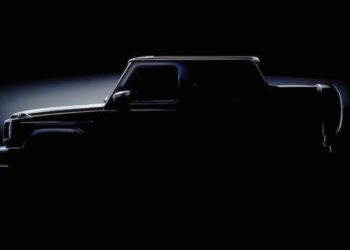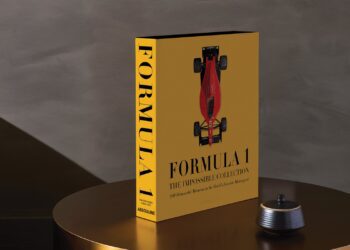Like many of the world’s greatest cars, the BMW 3.0 CSL “Batmobile” has deep racing roots. Based on the E9 platform of the late 1960s, the German carmaker debuted the CSL in 1972 as a homologation model so it could race in the European Touring Car Championship. Regulations at the time stated that BMW had to deliver at least 1,000 production cars, but the marque actually built 1,265 of them. However, the CSL was more than just a road-going racecar. It was innovative, stunning to look at, and oddly illegal in Germany.
What Does CSL Stand For?
CSL stands for Coupé Sport Leichtbau. Translated, that’s Coupe Sport Lightweight. However, following the release of its latest M4 CSL last year, BMW swapped the first letter’s meaning to Competition. But before there was a 3.0 CSL, there were the 3.0 CS and CSi models, the two flavors available for the E9 platform starting in 1971.
The CS delivers 180 horsepower from its twin-carburetted 3.0-liter straight six with a 9.0:1 compression ratio. However, the CSi model counted on the same engine with a higher 9.5:1 compression ratio and Bosch D-Jetreonic fuel injection, allowing it to deliver 200 hp. Both models offered either a three-speed automatic or a four-speed manual.
The German carmaker produced the CSL in three batches, says BMW Group Classic. The first utilized the CS’ twin-carburetted engine developing 180 hp. The big differentiator, however, was the CSL’s use of lightweight materials. It featured thinner steel, less sound deadening, and even Perspex windows. BMW used aluminum alloy for its hood, doors, and trunk while removing creature comforts such as power windows. The result was a weight savings of 473 lb (215 kg) over a standard CS.
According to BMW M, the Alpina-developed CSL focused its weight loss efforts on aiding its racing pursuits, as its competitors were around 661 lb (300 kg) lighter than the 2800 CS that preceded it. Thanks to all of its efforts, the CSL weighed in at 2,799 lb (1,270), giving it a power-to-weight ratio of 13.4 lb per hp.
The second phase of CSL production saw the adoption of the CSi’s Bosch D-Jetreonic fuel-injected engine, boosting power up to 200 hp. A third and final version saw engine displacement grow to 3.2 liters and total output to 206 hp.
The 3.0 CSL went on to compete in the European Touring Car Championship’s Group 2, which it won six times. Once in 1973 and every year from 1975 to 1979.

Why Was It Illegal In Germany?
If the BMW 3.0 CSL “Batmobile” was such as successful racecar that showcased Germany’s engineering might on a world stage, why was it illegal for road use? It all comes down to its rear wing. When the production cars went on sale in Germany, it was illegal for a road car to have a rear spoiler like the CSL’s. Thus BMW had the clever idea of selling the car in Germany without its wing installed, just stuffed in its trunk. This way, buyers could install it themselves, which sidestepped the law.
In other countries, such as England, customers could walk into a dealership and out with a fully-fledged “Batmobile.” The law eventually changed, so carmakers can sell winged cars in Germany today. In all fairness, most of the CSLs produced didn’t feature a wing or aggressive aero package. According to BMW Group Classic, the carmaker made only 110 examples with the high two-strut spoiler and a further 57 with a three-strut version, meaning that only its most race-car-like variant had to work around regulations.

How Much Is A 3.0 CSL “Batmobile” Worth Today?
A BMW 3.0 CSL “Batmobile” started at around 40,000 German marks in 1973, says BMW Group Classic, which converted to USD would’ve been around $12,480. Adjusted for inflation, that’d be $84,000 in today’s money. However, due to its racing history and rarity, Hagerty estimates that a good condition example now costs no less than $300,000. Pristine examples have sold as high as $500,000.
The CSL name lives on in cars like the latest M4 CSL and the upcoming 3.0 CSL, both of which take this storied nameplate and bring it into the modern era with a lightened and more powerful take on a standard production car. BMW plans to build 1,000 units of its M4 CSL starting at $140,895 and 50 units of its new 3.0 CSL, each rumored to cost over $600,000.
Sources: BMW Group Classic



















